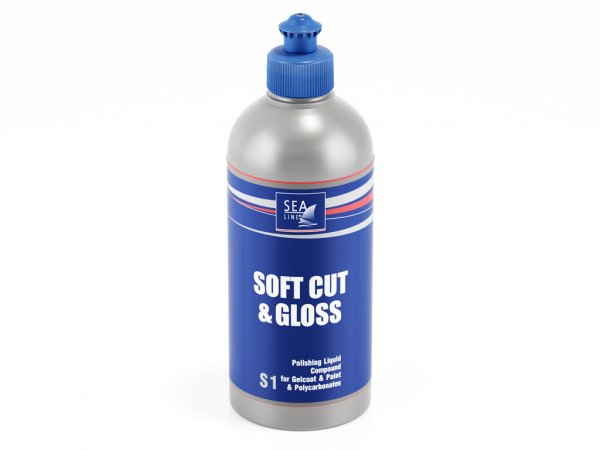
NO SILICONE
LA TEXTURA :
EMBALAJE:
Sea-Line S1 es un excelente producto sin silicona, para pulir gel coat y barnices industriales de poliéster (PE) y poliuretano (PU). Rápidamente elimina defectos obtenidos durante lijado con el papel abrasivo asegurando una superficie perfecta. Contiene minerales de pulido de alta calidad que garantizan una rápida eliminación de defectos y permiten lograr un alto brillo en un solo proceso. Trabajando con S1 ahorramos el tiempo. Gracias a su composición, producto no causa calentamiento excesivo y al mismo tiempo es fácil de limpiar. Es un producto versátil, apto para todo tipo de superficies en la industria de automotriz, muebles y en fabricación de productos de compuestos.
proceso de pulido:
Preparación de la superficie :
Eliminar los defectos de la superficie de papel de lija de gradación
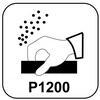 Terminar el lijado colores brillantes – min P1200
Terminar el lijado colores brillantes – min P1200
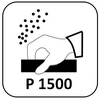 Terminar el lijado colores oscuros o superficies duras – min. P1500.
Terminar el lijado colores oscuros o superficies duras – min. P1500.
BORLA DE LANA Sea-Line® :
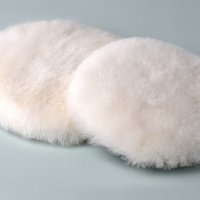
Boina de pulirMM (BLANCA)
Esponja :
Otro aplicadores Sea-Line® :
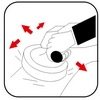 Para pulir gel coat y barnices industriales de poliéster (PE) y poliuretano (PU).
Para pulir gel coat y barnices industriales de poliéster (PE) y poliuretano (PU).
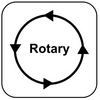 Se puede aplicar a mano o a máquina. Recomendada para trabajos a maquina rotativa.
Se puede aplicar a mano o a máquina. Recomendada para trabajos a maquina rotativa.
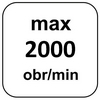 Recomendada para trabajos a maquina con la velocidad máxima de 2000 movimientos.
Recomendada para trabajos a maquina con la velocidad máxima de 2000 movimientos.
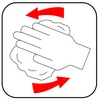 Limpiar la superficie con una pasta de pulido con un paño de microfibra. Se recomienda para proteger aún más la superficie pulida usando:
Limpiar la superficie con una pasta de pulido con un paño de microfibra. Se recomienda para proteger aún más la superficie pulida usando:
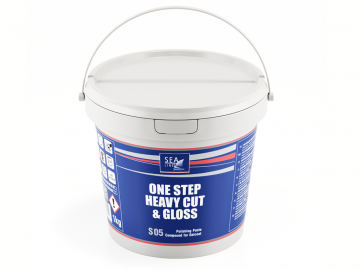
So5 POLISHING COMPOUND – ONE STEP, HEAVY CUT & GLOSS Cut level = 9 Gloss level = 8 NO SILICONE […]
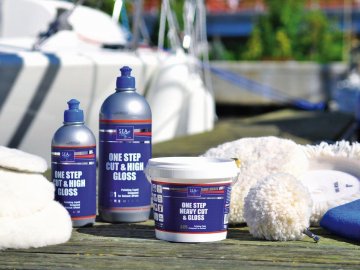
El tipo de aplicador determina la eficacia de la eliminación de defectos. Dependiendo de las necesidades, ofrecemos lana de oveja […]
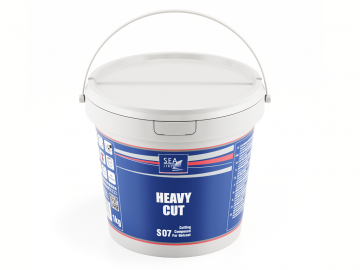
So7 POLISHING COMPOUND – HEAVY CUT Cut level = 10 Gloss level = 6 NO SILICONE PRODUCT DESCRIPTION : S07 […]
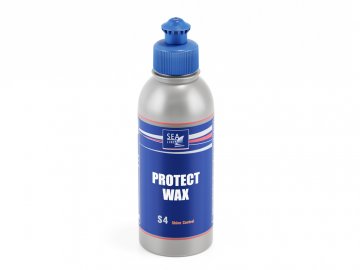
S4 – cera protectora Sea-Line S4 es un producto que proporciona un brillo excelente y una capa protektora de larga […]

Para rellenar cavidades y hacer frente a las desigualdades causadas por daños o durante el curso de la producción

Barcos de superficie de impacto de las actividades de ósmosis y la corrosión destructiva en ambientes hostiles

Protección contra el agua y contra los efectos negativos de los rayos UV

Proteger la parte inferior de la embarcación antes de las incrustaciones de algas y conchas. Protección contra el agua

Eliminación efectiva de arañazos, color refrescante y gelcoat brillo o pintura

Preparaciones especializados para la limpieza y restauración efectiva

Laminación, encolado y relleno de fisuras en gelcoat

Una serie de productos útiles durante el constructor de barcos de trabajo